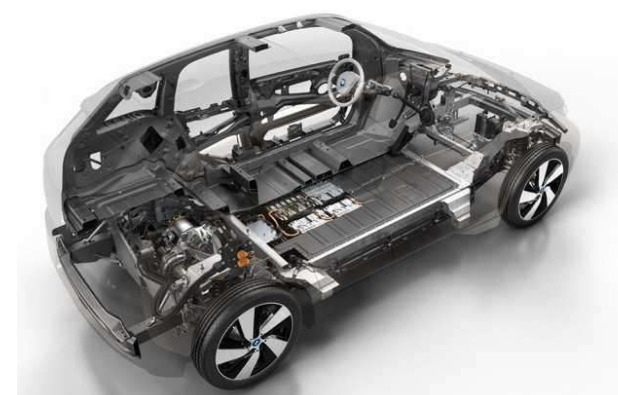The Innovators of the Auto Industry: Enhancing Safety and Performance through Optimized Sheet Metal Materials+ View more
The Innovators of the Auto Industry: Enhancing Safety and Performance through Optimized Sheet Metal Materials
+ View more
Date:2024-03-05 11:41
The automobile industry is a testament to the relentless pursuit of safety and performance. As an expert in automotive materials engineering, I have witnessed first-hand how the evolution of sheet metal materials has played a pivotal role in transforming vehicle design and manufacturing. In this article, we will explore the innovations in sheet metal materials that are driving the auto industry forward, underscored by real-world examples of success.
A Shift Toward High-Strength Steel Alloys
With the ever-increasing demand for safer and more fuel-efficient vehicles, the industry has shifted toward using advanced high-strength steel (AHSS) alloys. These materials provide superior strength-to-weight ratios, allowing for lighter yet stronger structural components. Lightweighting is not just about fuel efficiency; it also improves handling and acceleration, which directly influences performance.
Real-World Example: Ford's Military-Grade Aluminum
A notable example of material optimization is Ford's transition to military-grade aluminum in their F-Series trucks. Beginning with the 2015 F-150, Ford revolutionized the truck segment by introducing aluminum body panels that reduced the vehicle's weight by up to 700 pounds without compromising durability. This bold move redefined what was possible in terms of performance and fuel economy for pickup trucks.
Embracing Advanced Composites
Traditional metals aren't the only materials getting attention; composite materials are making significant inroads into the auto industry. Carbon fiber-reinforced polymers (CFRPs) are now used in everything from chassis components to body panels. They offer an unmatched combination of low weight and high rigidity, contributing to both safety enhancements and performance gains.
Real-World Example: BMW's Carbon Fiber Framework
BMW has been at the forefront of integrating carbon fiber into mass-produced vehicles. The BMW i3, an electric vehicle launched in 2013, features a passenger cell made entirely of CFRP. This innovation not only reduces the car's overall weight but also protects occupants with its exceptional strength, demonstrating BMW's commitment to combining sustainability with cutting-edge safety.
Next-Generation Material Processing Techniques
Technological advancements aren't confined to the materials themselves but extend to processing techniques as well. Hydroforming, hot stamping, and tailored rolled blanks are some of the methods revolutionizing how sheet metal is shaped and formed, enabling the production of complex structural elements that meet stringent safety standards while optimizing weight.
Real-World Example: Hydroformed Components in Sports Cars
Sports cars, known for their performance and sleek designs, benefit greatly from hydroformed metal components. For instance, the Chevrolet Corvette has utilized hydroforming for crafting its lightweight, rigid frame since the C5 model. This process allows for the creation of large, complex shapes that reduce the number of welds and joints, resulting in increased structural integrity and improved driving dynamics.
Conclusion
The continuous innovation in sheet metal materials is propelling the automotive industry toward a future where vehicles are not only more efficient and enjoyable to drive but also significantly safer. As industry experts, we acknowledge the importance of these advancements and support continued research and development in material science. By embracing emerging materials and processing technologies, automakers can stay ahead of the curve, delivering vehicles that meet the evolving demands of consumers and regulatory bodies alike.
Share to:
Recommend wonderful blog posts

